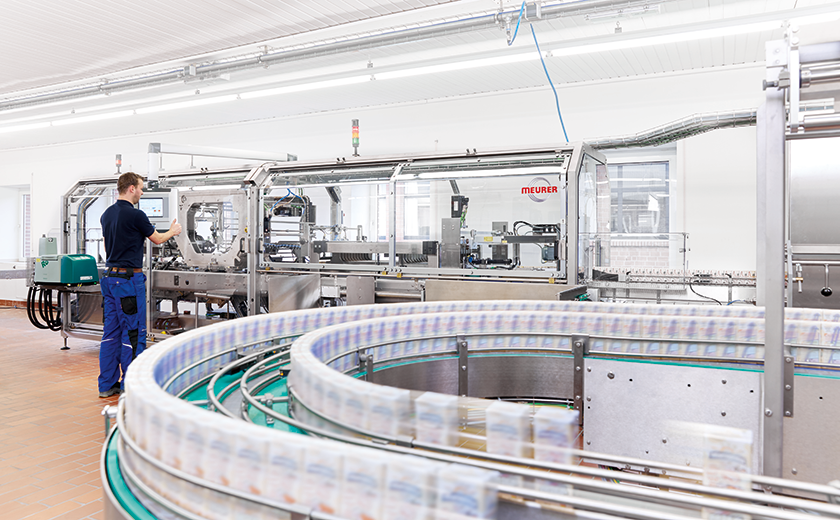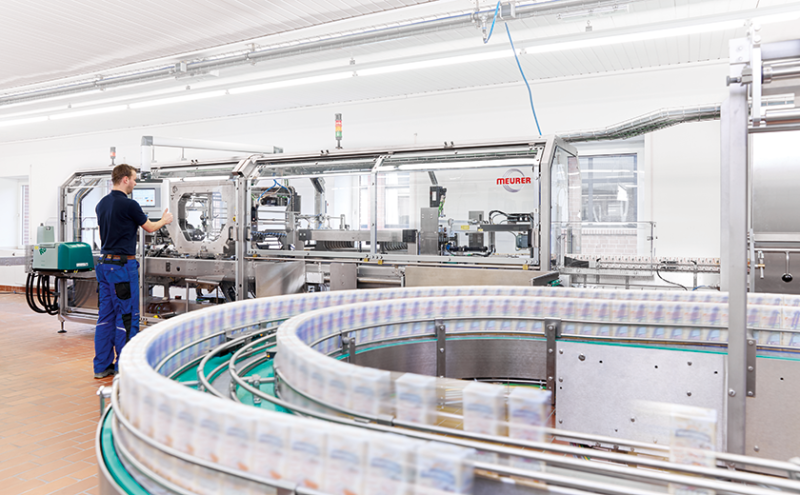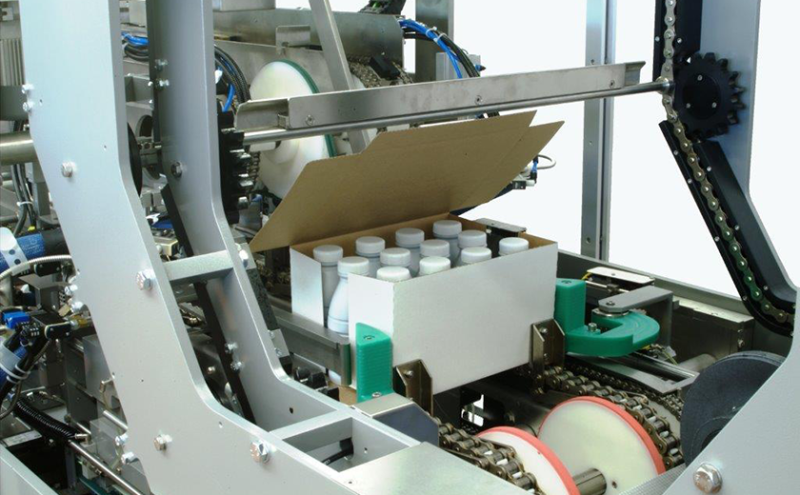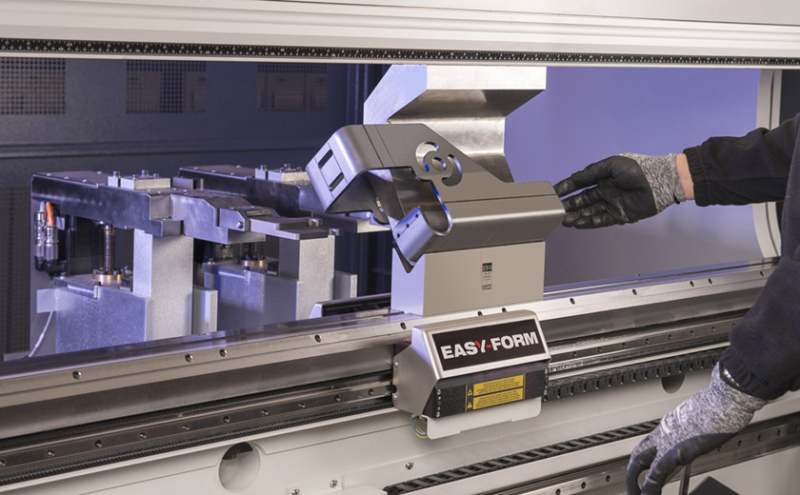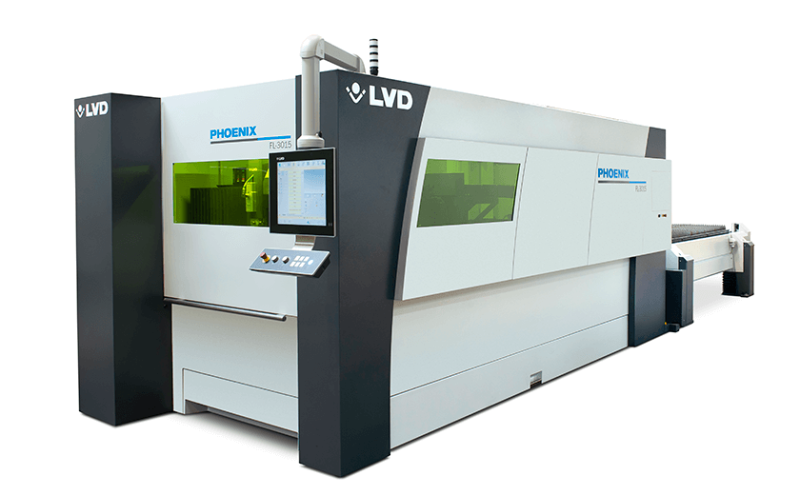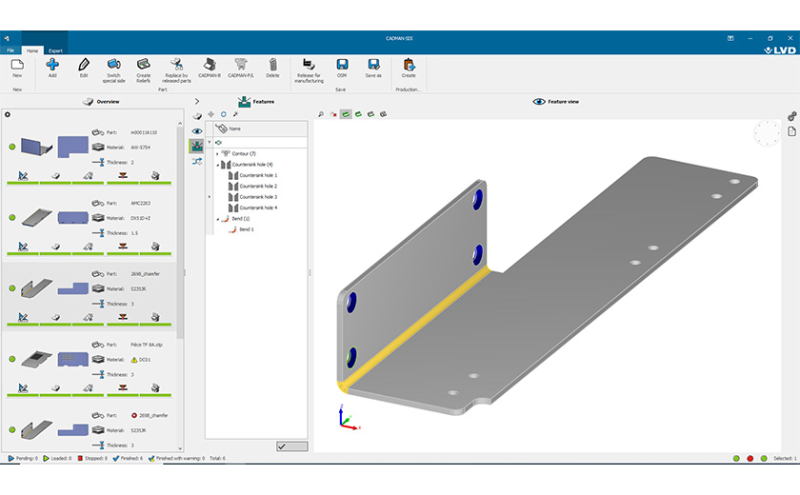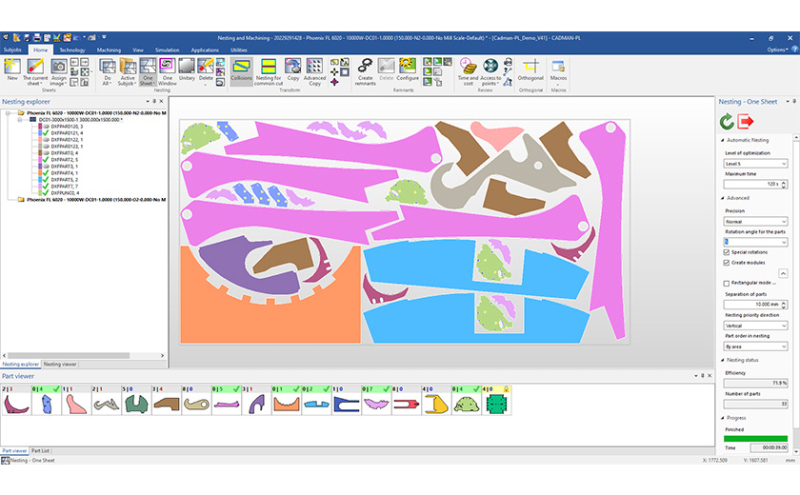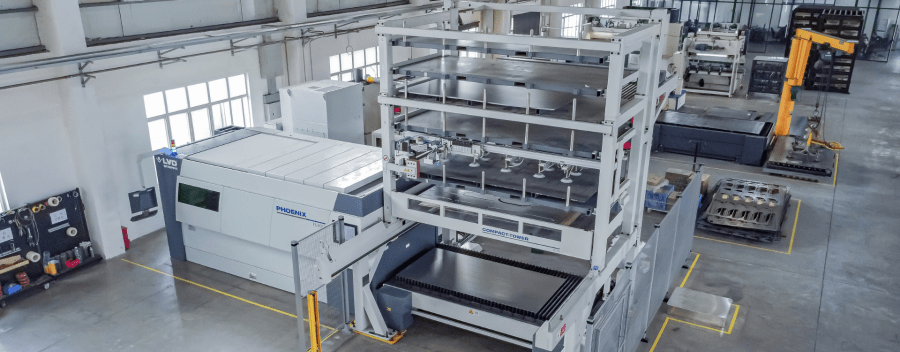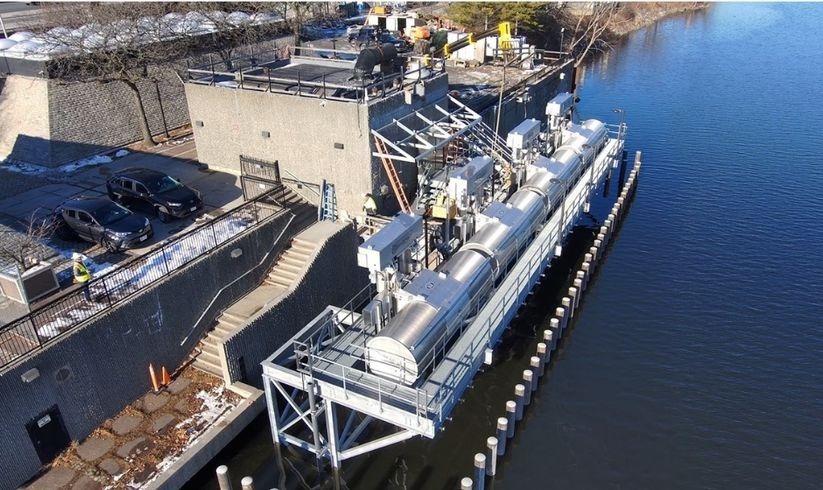Long-term partnership
This is the latest stage in a long-term relationship with LVD. The first LVD machines were supplied to Meurer in 2011. Until then the company had been outsourcing its sheet metal work. LVD trained about 20 people from engineering and production on how to design, program and produce laser cut and formed sheet metal parts.
“In 10 years' time, the production environment at Meurer has evolved tremendously. But it hasn’t happened overnight, we have always been moving forward step by step.”
The next step came in 2016 when Busch was put in charge of part production. “We carefully audited the whole manufacturing process so that we could re-organise it and optimise it. “Moving from 2D to 3D, we had to be able to design the sheet metal parts so that we could make them. Our engineers worked with LVD to continually refine them so we could get the right sheet metal parts and optimise them on the sheet and produce them.













